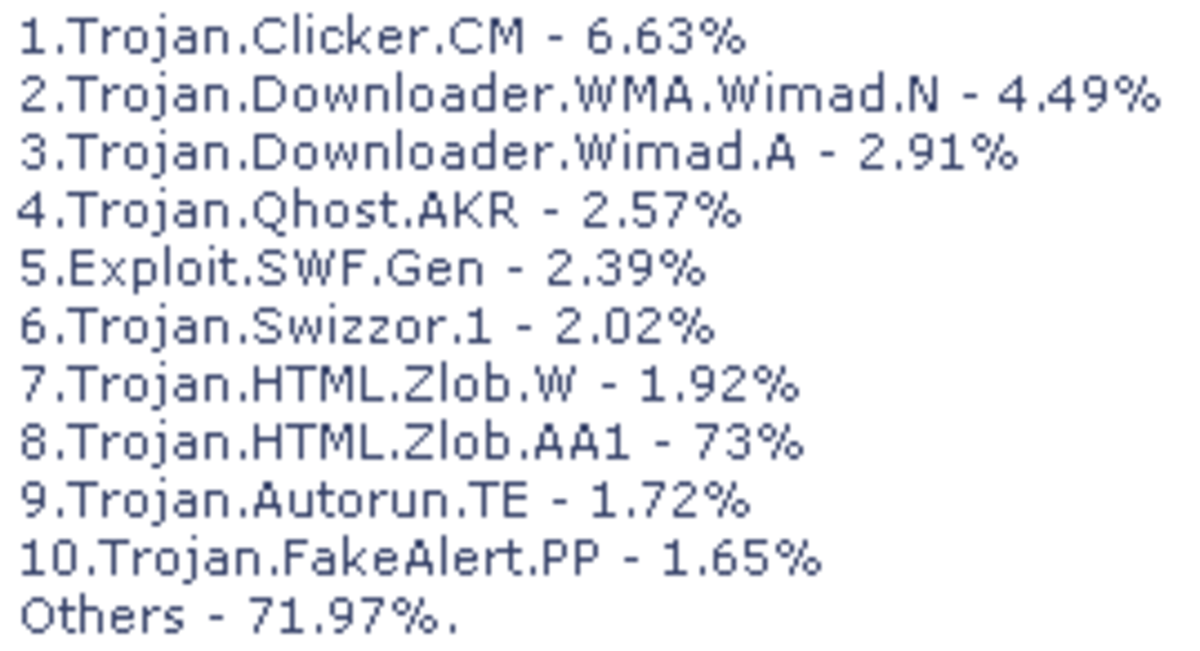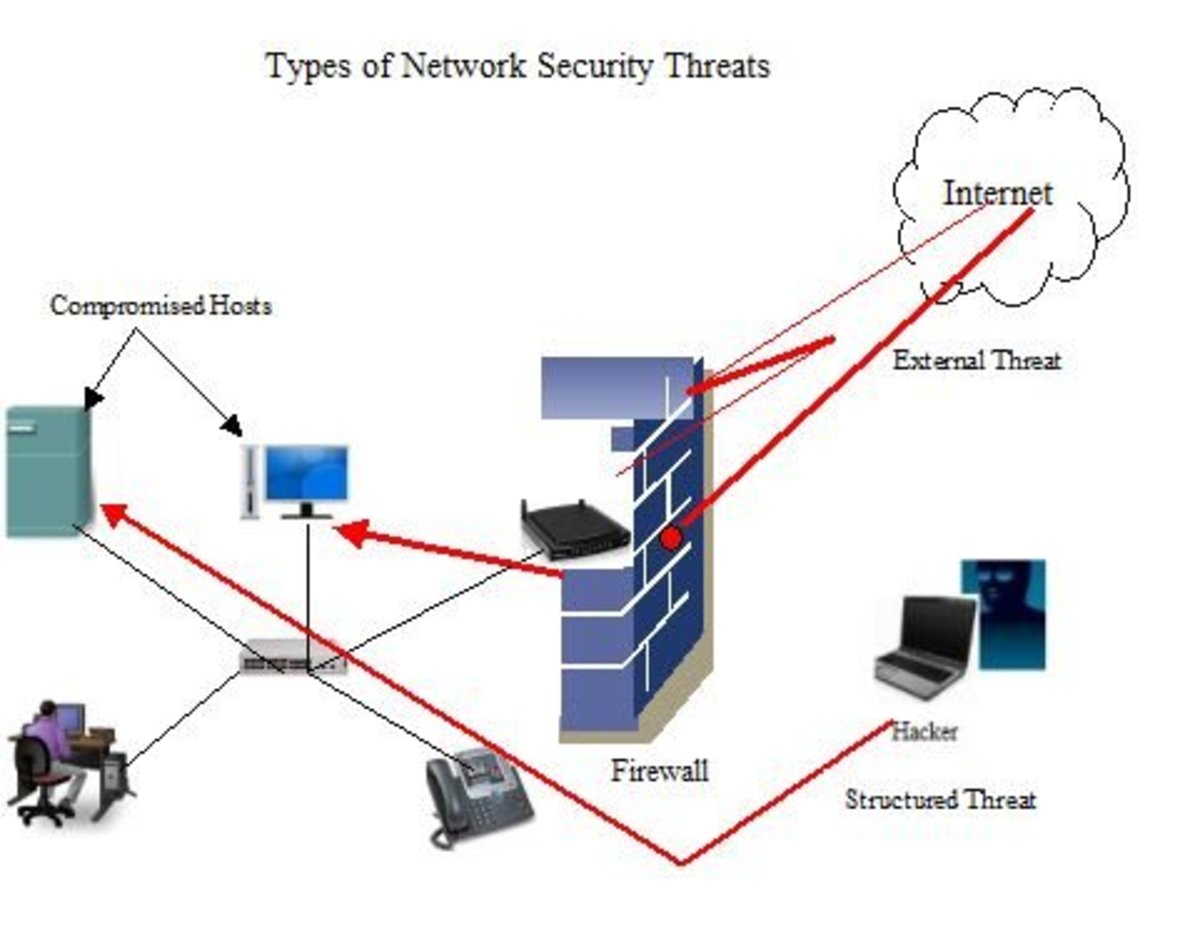- HubPages»
- Technology»
- Internet & the Web»
- Viruses, Spyware & Internet Security
How to Protect Your IT Systems From Cyber Attacks

Today, many people as well as companies have come to rely on a vast array of cyberspace networks in travelling, running businesses and managing the economy, powering homes, and for other services. However, cyberspace attacks and virus intrusions have been known to disrupt the operations of businesses, threatened the security of such operations and also affecting the general economy in a negative manner.
Threats in cyberspace security are in different forms and each type has its level of seriousness that also requires different solution strategies. For example, the threats may in the forms of a simpler malevolent codes identified as spyware and malware to serious viruses that can severely damage the whole contents in a computer. In addition, there are cyberspace hackers who are able to access the computer and utilize or temper with personal information and data for ulterior motives. These are some of the dangers, which business entities need take into consideration and address them accordingly in order to achieve cyberspace security. Essentially, cyberspace security involves taking measures to keep documents and data from any unwarranted intrusion.
As a matter of achieving cyberspace security, IT users in organizations at every level, that is from the lowest ranked employee to the executive director, in case there may be, should pay special attention to the security basics of cyberspace attacks. Again, the parties that are within or outside the organization should be relegated with security responsibilities in the companies’ cyberspace systems as well as monitoring the presence of viruses in the companies IT systems.
IT users should incorporate appropriate processes and technologies in ensuring that the systems they use are free from viruses. The process may involve taking such measures as being updated to antivirus definitions, patches, firewalls, and other measures and various antivirus software. They should also be able to use and understand technologies that prevent virus attacks, penetration of the system by hackers or those preventing unwarranted access to information and data.
IT users should as well develop policies, which ensure that employees are made to understand common cyberspace threats including viruses and how to prevent or deal with them. If employees are able to understand the presence of viruses and their seriousness concerning the threat they pose to the companies’ systems, they will be able to appropriately respond, and therefore, prevent further damages and intrusion. In addition, knowledgeable employees will quickly summon help in the case of a potential threat to the IT systems. Further, business entities should incorporate relevant reporting standard interfaces, for example, the Extensive Markup Languages (XML) and their equivalents, simple Network Management Protocol (SNMP) and other algorithms for correlation purposes. These will facilitate monitoring of the real time enterprise network security, as well as the performance of their systems. IT users can also apply volume measurements on their email systems that can help in checking spam attack and denial of service.








